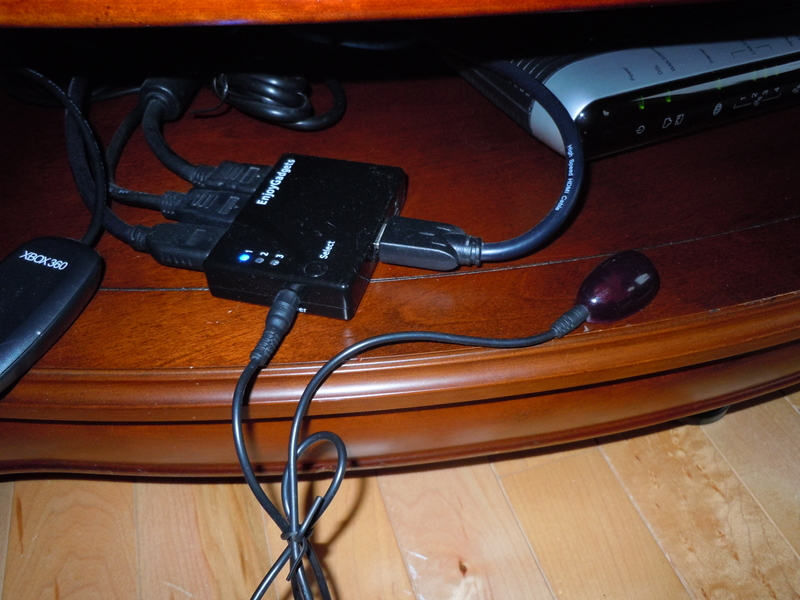First of all, welcome to the beautiful world of console vs TV problem solving.
Finding a good HDMI splitter should be a non-issue. I have nearly the *exact* same setup you described and I did it like so originaly (see below for my new, non-splitting tips). @thephantomnaut is right that the Framemeister is the best bet for old consoles but frankly it is insanely expensive (400-500+) and for most people the difference is negligible. It makes a way bigger difference PS1 and previous consoles anyway imo.
When you say Cable Box, what do you mean? Is that an HDMI or what (not a *real* cable, is it?)
Need
1 HDMI Splitter
1 Component Splitter
SPLITTER 1 - direct to 1 of your HDMIs
- PS4
- PS3
- 360
- Cable Box if it's HDMI
Variant: Wire your most used items direct to the TV and save 1 HDMI slot for your splitter.
SPLITTER 2 - direct to 1 of your Components
There really isn't very much to this. Just spend more ~30-50 bucks on your splitters and you should be more than fine. That said, consider:
I don't use splitters anymore because my cable setup is rock solid. Most splitters don't use remotes unless you are willing to pay more. And since they don't use remotes you need to get up and switch the input anyways. If your cables are easy enough to access this becomes a very redundant action.
I have 4 displays in my office that are shared randomly, at any time, by a PC, PS4, PS3, DreamCast, GC and PS2. There are two sound systems as well. There is another room but we'll save that for another day! All of these machines can be effortlessly swapped around because my cables are all well organized. They aren't tangled and they are still hidden from view.
For example, you said your TV has 3 HDMI inputs. You only have 4 HDMI devices. Is it worth it to split for the 1 extra (consider Lag, which will be a bigger or smaller issue depending on your display/splitter)? Same goes for your component problem. What if both your component cables were hanging next to the back of the TV, were labelled with their devices, and were neat and tidy! What do you need to do this? Color coded Zip Ties, and some sticker labels, or folded over post-it notes. ~10 buckaroos.
So I dunno! Consider if you can achieve what you want by being physically organized rather than via technology. Depends on your space, budget and dreams for the future :)
Good luck Duder!

Log in to comment